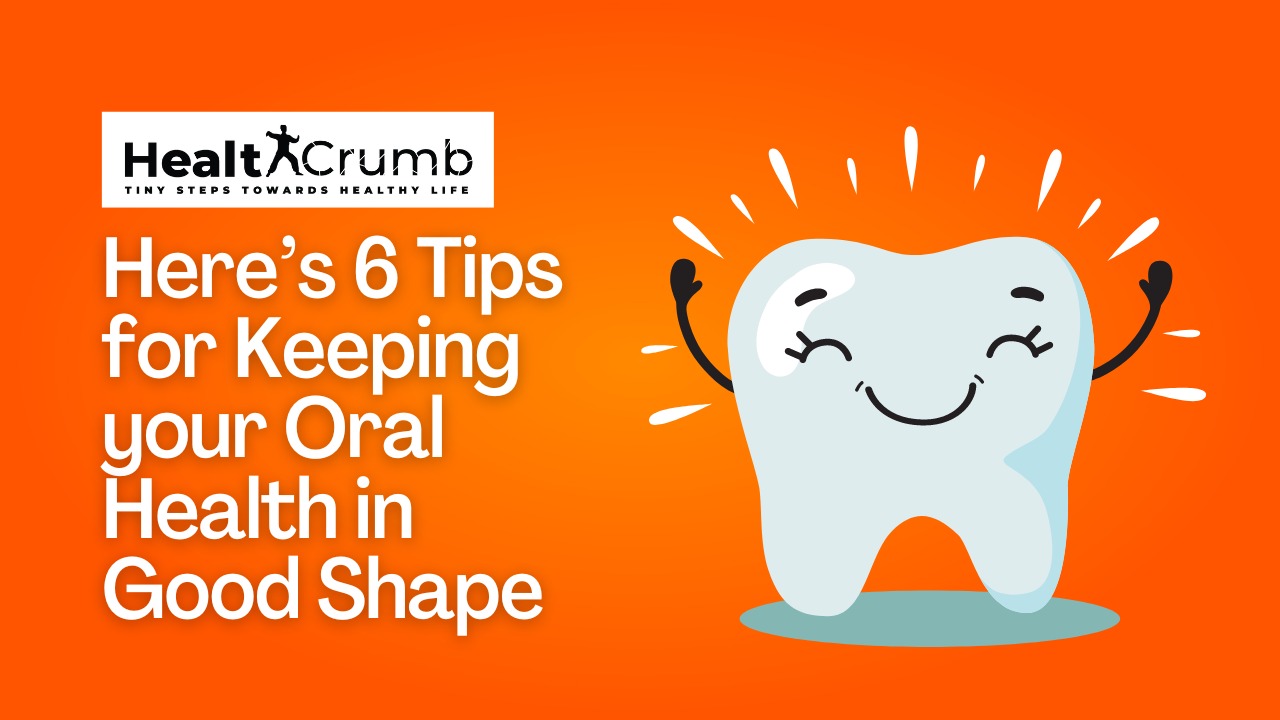You turn your head to look at something in your peripheral vision and suddenly, you feel a sharp pain in your neck. Or, you wake up after a night’s sleep with a crick in your neck that makes it impossible to turn your head without wincing. These neck pains – along with shoulder pain – are some of the most common types of pain that people experience. But how do they occur?
In this blog post, we will explore the anatomy of the shoulder and neck and how these pains can develop. From muscle strains to arthritis, read on to learn more about what might be causing your pain.
The Anatomy of the Shoulder
The shoulder is a ball-and-socket joint that is made up of the humerus (upper arm bone) and the glenoid cavity of the scapula (shoulder blade). The shoulder joint is held together by muscles, ligaments, and tendons.
The rotator cuff is a group of muscles and tendons that surround the shoulder joint and help to keep the humerus in the glenoid cavity. The rotator cuff muscles are the supraspinatus, infraspinatus, teres minor, and subscapularis. These muscles attach to the humerus and work together to lift the arm.
The biceps muscle attaches at the top of the humerus and helps to lift the arm. The triceps muscle attaches at the bottom of the humerus and helps to extend the arm.
The neck is made up of seven vertebrae: C1-C7. The cervical spine extends from the base of your skull to your shoulders. The bones in your neck are protected by disks, which act as shock absorbers, and by ligaments and muscles.
The most common cause of neck pain is poor posture. When you sit or stand for long periods of time with your head tilted forward or your shoulders hunched, it puts strain on your neck muscles and ligaments. This can lead to pain, stiffness, and headaches.
The Anatomy of the Neck
The neck is a complex structure made up of bones, joints, muscles, ligaments, and nerves. All of these structures work together to support the head and allow for a wide range of motion. However, this complexity also makes the neck susceptible to pain and injury.
The bones of the neck include the seven cervical vertebrae, which are stacked on top of each other and separated by intervertebral discs. The cervical vertebrae protect the spinal cord and provide a base for the skull. The joints of the neck are formed where the vertebrae meet. These joints allow for a small amount of movement between the vertebrae, but they also keep the spine stable.
The muscles of the neck support the head and allow for movement. There are several different groups of neck muscles, including those that move the head (extensors), those that stabilize it (flexors), and those that control side-to-side movement (lateral flexors). The ligaments of the neck connect the bones and provide stability. The nerves of the neck carry information between the brain and body.
Injury or disease can affect any of these structures and lead to pain or dysfunction. For example, a herniated disc may compress a nerve and cause pain or numbness in the arm or hand. Joint degeneration can lead to stiffness and pain in the neck or shoulders. And muscle strains or sprains can cause localized pain and tenderness.
The Most Common Causes of Shoulder and Neck Pains
The most common cause of shoulder and neck pains are due to muscle strain or tension. This can be caused by repetitive motions, incorrect posture, or holding your head in an unnatural position for extended periods of time.
Other causes of shoulder and neck pains include arthritis, pinched nerves, herniated discs, and degenerative disc disease. If you are experiencing shoulder and neck pain, it is important to consult a medical professional to determine the underlying cause so that appropriate treatment can be administered.
How Shoulder Pain Occur?
One of the most common causes of shoulder pain is rotator cuff tendinitis. This condition is caused by the inflammation of the tendons in the shoulder, which can be due to overuse or repetitive motions.
Another common cause of shoulder pain is impingement syndrome, which occurs when the shoulder joint cannot move as freely as it should. This can be due to a buildup of scar tissue, arthritis, or a bone spur.
There are a few different ways that shoulder pain can occur. The most common way is from poor posture or repetitive motions. This can happen from sitting at a desk all day, working on a computer, or even from driving.
The next most common way is from an injury, whether it’s from playing sports, falling, or lifting something heavy. And lastly, shoulder pain can also come from arthritis or other medical conditions.
How Neck Pain Occur?
There are many potential causes of neck pain, and often the source is difficult to determine. However, there are some common causes of neck pain that occur due to poor posture, muscle strain, or injury.
One of the most common causes of neck pain is poor posture. When you sit or stand with poor posture, your head is positioned in an unnatural position that puts strain on your neck muscles and ligaments. Over time, this can lead to muscle fatigue and pain.
Another common cause of neck pain is muscle strain. This can occur due to repetitive motions such as typing or texting on a cell phone, or from holding your head in an awkward position for extended periods of time. Muscle strain can also be caused by acute injuries such as whiplash from a car accident.
Injury is another common cause of neck pain. This includes both acute injuries such as falls or sports-related collisions, and chronic injuries such as those sustained from poor posture or repetitive motions.
How to Treat Shoulder and Neck Pains
There are a few different ways to treat shoulder and neck pains. Depending on the severity of the pain, some methods may work better than others.
If the pain is mild, over-the-counter pain medication may be enough to help. For more severe pain, prescription medication may be necessary. In some cases, physical therapy or surgery may be the best option.
For mild pain, over-the-counter medications such as ibuprofen or acetaminophen can be effective. These drugs can help to reduce inflammation and swelling.
If the pain is more severe, prescription medications may be necessary. These can include stronger anti-inflammatory drugs like corticosteroids or weaker ones like tramadol. Physical therapy may also be recommended to stretch and strengthen the muscles around the shoulder and neck.
In some cases, surgery may be necessary to resolve any underlying issues that are causing the pain. This is usually only done if other treatments have failed to provide relief.
When to See a Doctor for Shoulder and Neck Pains
If you experience shoulder or neck pain that is severe, lasts for more than a week, or is accompanied by other symptoms such as numbness, tingling, or weakness, it is important to see a doctor. Other signs that you should see a doctor for your shoulder or neck pain include pain that is not alleviated by over-the-counter medications, pain that prevents you from engaging in your usual activities, and unexplained weight loss.
If your shoulder or neck pain is due to an injury, it is important to seek medical attention as soon as possible so that the injury can be properly treated. If you are experiencing chronic shoulder or neck pain, making an appointment with a doctor can help you determine the cause of your pain and develop a plan to treat it.
What are the risk factors for developing shoulder and neck pain?
There are many risk factors for developing shoulder and neck pain. Some of the most common include:
-Poor posture
-Sitting or standing in one position for long periods of time
-Injury or trauma to the area
-Osteoarthritis
-Degenerative disc disease
-Muscle strain or sprain
-Pinched nerves
How can shoulder and neck pain be prevented?
Shoulder and neck pains can be prevented with a few simple lifestyle changes. First, pay attention to your posture. Sit up straight and avoid slouching. Secondly, take regular breaks throughout the day to move your body and stretch your muscles. Thirdly, stay active and maintain a healthy weight to reduce the strain on your joints and muscles. Finally, see your doctor for regular checkups to identify any potential problems early on.
Tips to Cure Shoulder Pain
If you are experiencing shoulder pain, there are a few things you can do to find relief. Here are a few tips:
- Rest your shoulder. Avoid activities that aggravate your pain and try to keep your shoulder still as much as possible.
- Apply ice to your shoulder for 20 minutes at a time, several times a day.
- Take over-the-counter pain relievers such as ibuprofen or acetaminophen to help reduce inflammation and pain.
- Try physical therapy exercises designed to stretch and strengthen the muscles around your shoulder joint.
- If conservative treatments don’t relieve your pain, talk to your doctor about other options such as steroid injections or surgery.
Tips to Cure Neck Pain
Final Words
Most of us have experienced shoulder and neck pain at some point in our lives. The causes of these pains can be varied, but they often occur due to poor posture, repetitive motions, or injury.
There are a few things you can do to help prevent shoulder and neck pain. First, pay attention to your posture. Make sure you’re sitting up straight and not slouching. Second, take breaks often if you’re doing any activity that involves repetitive motions. And finally, if you do injure yourself, don’t try to tough it out. Seek medical help right away so you can get on the road to recovery as soon as possible.
Conclusion
There are many possible causes of shoulder and neck pain, but the most common cause is muscle strain. This can occur from poor posture, repetitive motions, or carrying heavy objects. Other causes of shoulder and neck pain include arthritis, pinched nerves, and herniated discs. Treatment for shoulder and neck pain will vary depending on the underlying cause. However, some common treatments include rest, ice/heat therapy, exercises, and stretching. If you are experiencing shoulder and neck pain, it is important to see a doctor to determine the cause so that you can receive proper treatment.



